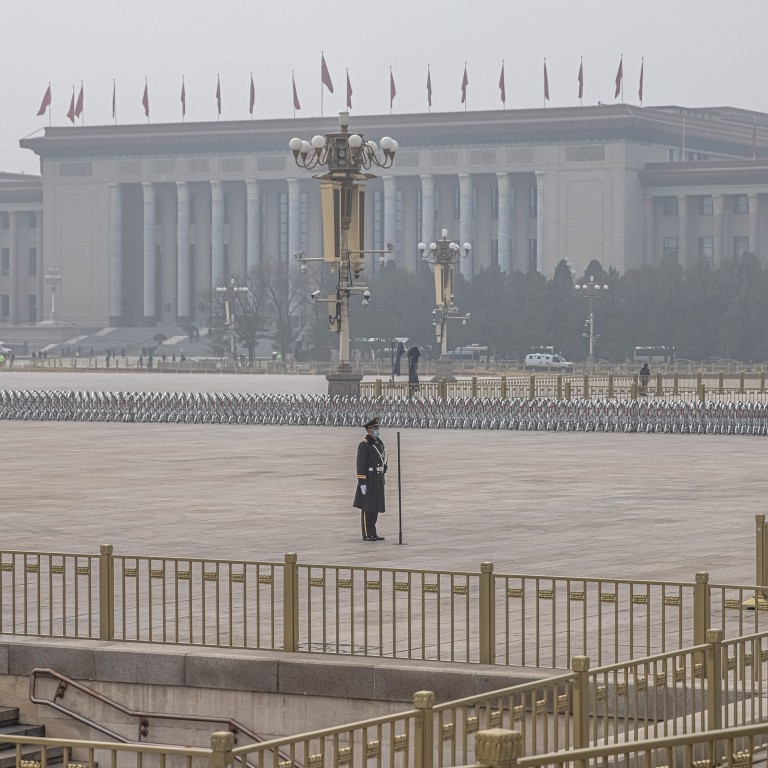
Road to China’s ‘two sessions’ starts with Covid-19 test for journalists
- Fewer reporters have access to senior officials this year while health restrictions take some of the pressure off identifying who’s who
- Masked delegates entered the Great Hall of the People for the start of Beijing’s biggest annual political event on Thursday
I panicked when I covered the annual Chinese legislative session for the first time in 2012. As thousands of lawmakers and political advisers – mostly middle-aged men in black suits – poured into the Great Hall of the People, I simply could not tell at first glance who was who.
I tried desperately to stare at the tiny name tags worn by each one, as many more passed by me to enter the main hall, which I and my fellow journalists could not enter.
China’s ‘two sessions’ 2021: five things you need to know
I had done my homework. But the most senior officials used a separate passage into the main hall while I could not possibly remember the thousands of other faces – among them provincial governors, generals, mayors, scholars, business executives, scientists and artists. All would be very hard to reach once they left the building.
Yet it is also arguably the only time of year a journalist can get so close to China’s political elite, who otherwise spend most of their time in various forbidding walled compounds in Beijing and elsewhere.
The number of journalists allowed into the event has always been strictly controlled. In a similar practice to previous years, most events will allow only one journalist through the door, with lots drawn to decide who can attend specific events.
This year, the drawing of lots was just the beginning of a long journey to the Great Hall of the People. All journalists had to be tested for Covid-19 at 6am in a nearby hotel where we were quarantined for hours until all were confirmed negative.
Yet that level of precaution was not enough to provide overseas journalists with the same access as their domestic colleagues. No correspondents from outside the mainland are invited to the corridors where ministers take turns to answer questions from the press, for example.
The border between the “two circulations” seemed to be drawn over the issue of vaccination. All journalists with domestic media had to be vaccinated to cover this year’s two sessions, a privilege afforded to very few overseas reporters.

